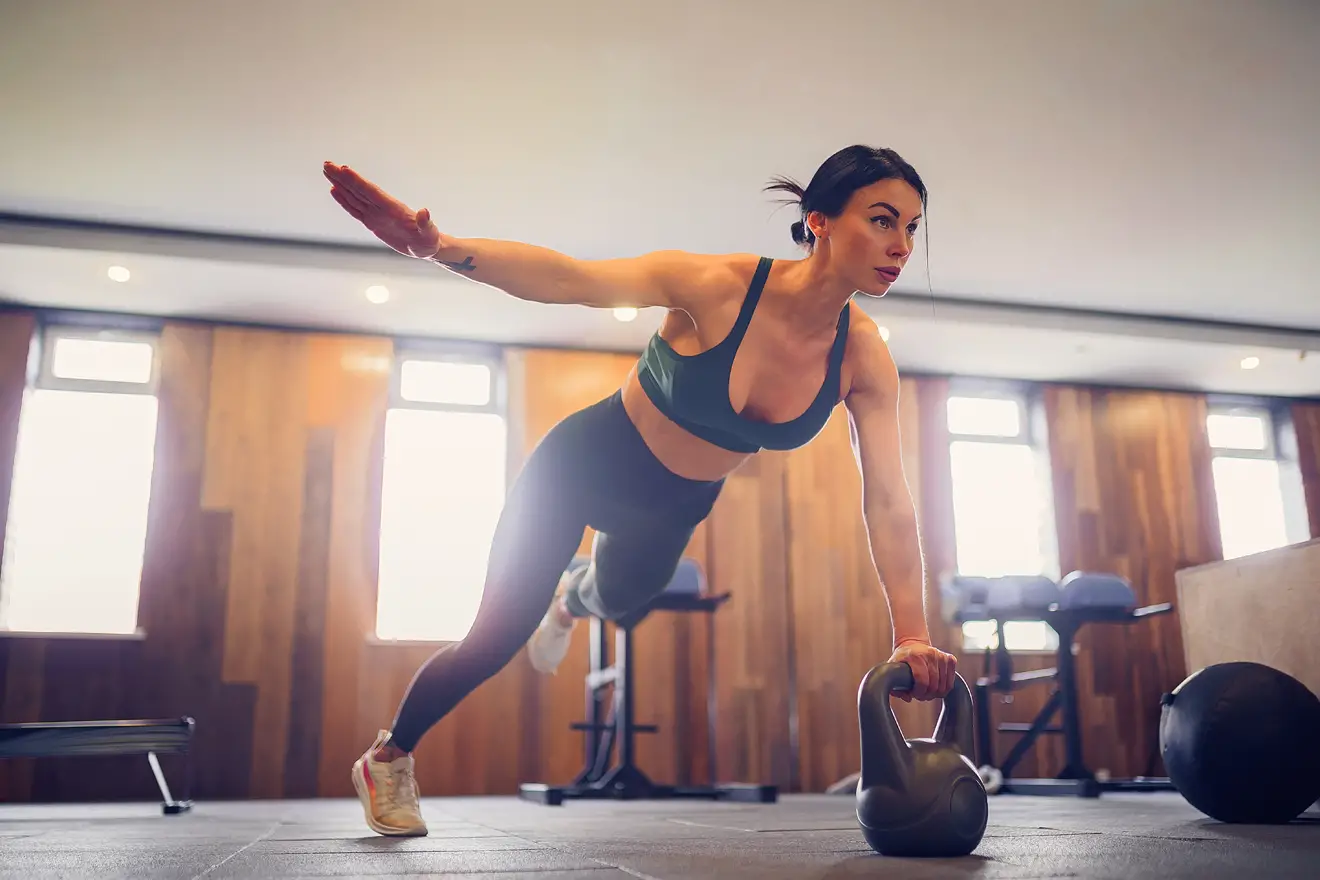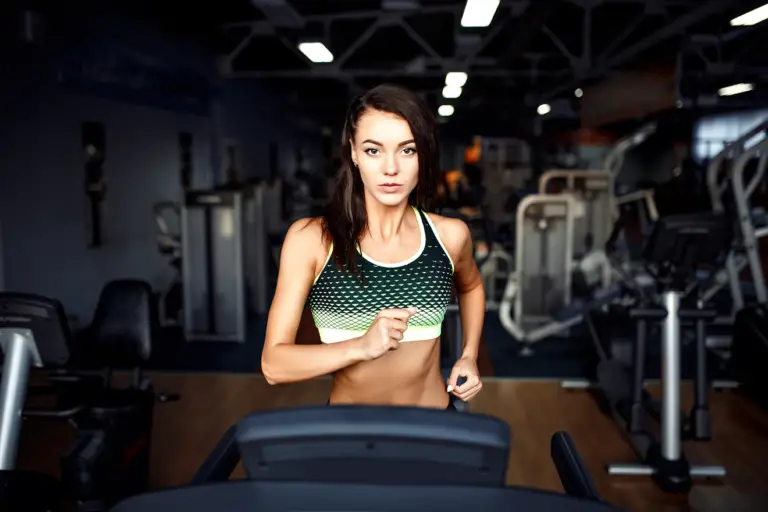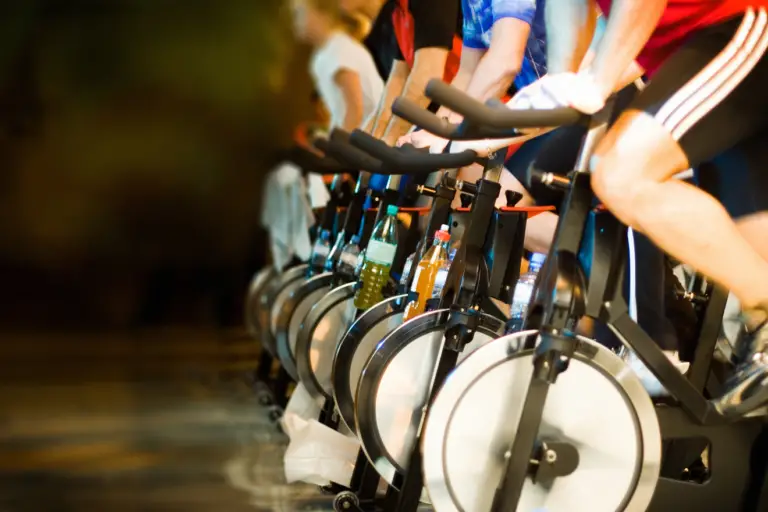How to design circuit training workouts
In Types of cardio, I described the three most popular types of cardio: steady-state training, interval training, and circuit training. Out of these three types of cardio, my favorite, by far, is circuit training. The reasons are that:
- There is no end to the variety of circuit training workouts you could create, which keeps them fresh and interesting
- Depending on which exercises you use, the workouts can offer different fitness benefits, and numerous exercises are available to use
- Designing the workouts can be fun and satisfying, especially if you manage to create ones that are seamless, effective, and highly beneficial, with a low risk of injury
With that in mind, I provide instructions on how to design your own circuit training workouts below. These instructions are intended for after you have mastered the workouts in the circuit training program that I have provided in the Cardio Training Programs section. The reason you should master my circuit training workouts first is that doing so will help you to gather the experience and know-how necessary to design decent workouts of your own.
Step-by-step instructions
When you’re ready to design your own circuit training workouts, just follow this simple three-step procedure:
- Choose some primary and active-rest exercises from tables 1 to 4 below
- Match each primary exercise with a suitable active-rest exercise. There are fewer active-rest exercises, so you will have to repeat some
- Arrange the matches into a list of steps like the example I provided in Types of cardio
That’s it! You now have your first circuit training workout.
General guidelines
As you design your circuits, keep the following in mind.
- You can make your circuits as long as you desire, provided they can keep your heartbeat in the target training zone for 10–60 minutes
- You can design circuits that focus on your whole body or specific regions of your body, such as your upper body, lower body, or core. Of course, if you create one for you lower body, you must also create one for your upper body. Your training must always be balanced
- You can design circuits that focus on improving your performance in specific sports. For example, if you play American football, you can create circuits that combine agility drills with power and plyometric movements and weight training exercises
- Try to incorporate all types of movement patterns (for example, squatting, lunging, hinging at the hips, bending sideways, rotating at the waist, pulling, pushing, jogging, jumping, and crawling)
- Try to incorporate both bilateral (two-sided) and unilateral (one-sided) exercises
- Try to incorporate exercises that promote agility, speed, power, flexibility, coordination, and balance
- Select exercises that are easy to transition between
- Favor exercises that subject your joints to the lowest level of impact
- Avoid exercises that could be dangerous
- As always, learn how to perform the exercises with optimal form so as to reduce the risk of injury and get the most out of them
About the exercises
The primary and active-rest exercises presented in tables 1 to 4 below represent a small sample selection of equipment-free exercises, drills, and movements. There are numerous other suitable exercises out there for you to choose from. If you have a stability ball, a medicine ball, dumbbells, a barbell, and/or resistance bands, the number of exercises at your disposal will be huge! The most suitable exercises for circuit training are explained in Types of cardio.
Note that I categorized the exercises in tables 1 to 4 into primary and active-rest exercises arbitrarily based on my perception of each exercise’s difficulty. You may, of course, differentiate between your own primary and active-rest exercises based on your personal abilities and preferences.
| Primary exercises | Active-rest exercises |
|---|---|
| Jumping jack (YT) | Inch worm (YT) |
| Fly jack (YT) | Baby crawl (YT) |
| Lizard hop (YT) | Crab crawl (YT) |
| Burpee (YT) | Lateral crab crawl (YT) |
| Single-leg burpee (YT) | Plank crawl (YT) |
| Bear crawl (YT) | Bird dog (YT) |
| Single-leg bear crawl (YT) | |
| Gorilla crawl (YT) | |
| Table top crawl (YT) | |
| Break dancer (YT) | |
| Get-ups (YT) | |
| Superman push-up (YT) |
| Primary exercises | Active-rest exercises |
|---|---|
| Bodyweight squat | Duck walk (YT) |
| Pistol squat (YT) | Glute bridge (YT) |
| Squat jack (YT) | Good morning (YT) |
| Squat jump | Flutter kick (YT) |
| Broad jump (YT) | Lying straight leg raise |
| Star jump (YT) | Donkey kick (YT) |
| Tuck jump (YT) | |
| Skater jump (YT) | |
| High-knee run (YT) | |
| Butt kicks (YT) | |
| Shuttle run (YT) | |
| Carioca quick step (YT) | |
| Side shuffle (YT) | |
| Lunge | |
| Curtsy lunge (YT) | |
| Jumping lunge (YT) | |
| Step-up (YT) | |
| Side kicks (YT) |
| Primary exercises | Active-rest exercises |
|---|---|
| Chest dip (YT) | Knee push-up |
| Push-up with rotation (YT) | Self-assisted pull-up (YT) |
| Diamond push-up | Bent-knee inverted row (YT) |
| Plyo push-up (YT) | Bent-knee bench dip |
| Pike push-up (YT) | Scissor chops (YT) |
| Pike press (YT) | Elbow strikes (YT) |
| Spider-man push-up | Uppercuts (YT) |
| Pull-up | Jab-jab-crosses (YT) |
| L-sit pull-up (YT) | |
| Chin-up (YT) | |
| L-sit chin-up (YT) | |
| Muscle-up (YT) |
| Primary exercises | Active-rest exercises |
|---|---|
| Bicycle crunch | Plank with rotation (YT) |
| Lying leg and hip raise | Plank shoulder tap (YT) |
| Hanging windshield wiper | Plank knee tap (YT) |
| Sit-up (YT) | Plank roll (YT) |
| Jackknife sit-up (YT) | Standing ab walkout (YT) |
| V-up | Lying heel touch (YT) |
| Hyperextension | Lying side hip raise |
| Plank jack (YT) | Lying bent-knee oblique twist |
| Plank jump-in (YT) | Russian twist (YT) |
| Reverse crunch | |
| Superman | |
| Dead bug (YT) |




